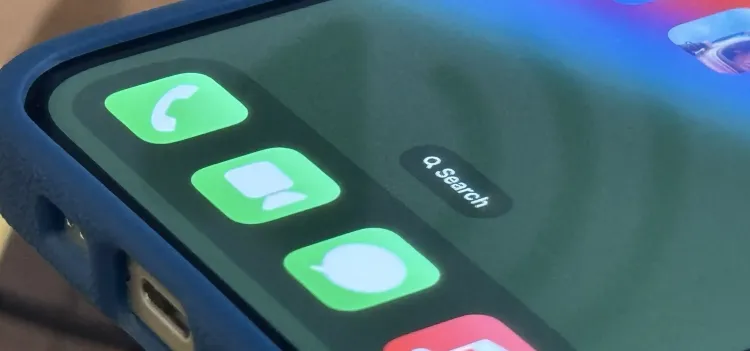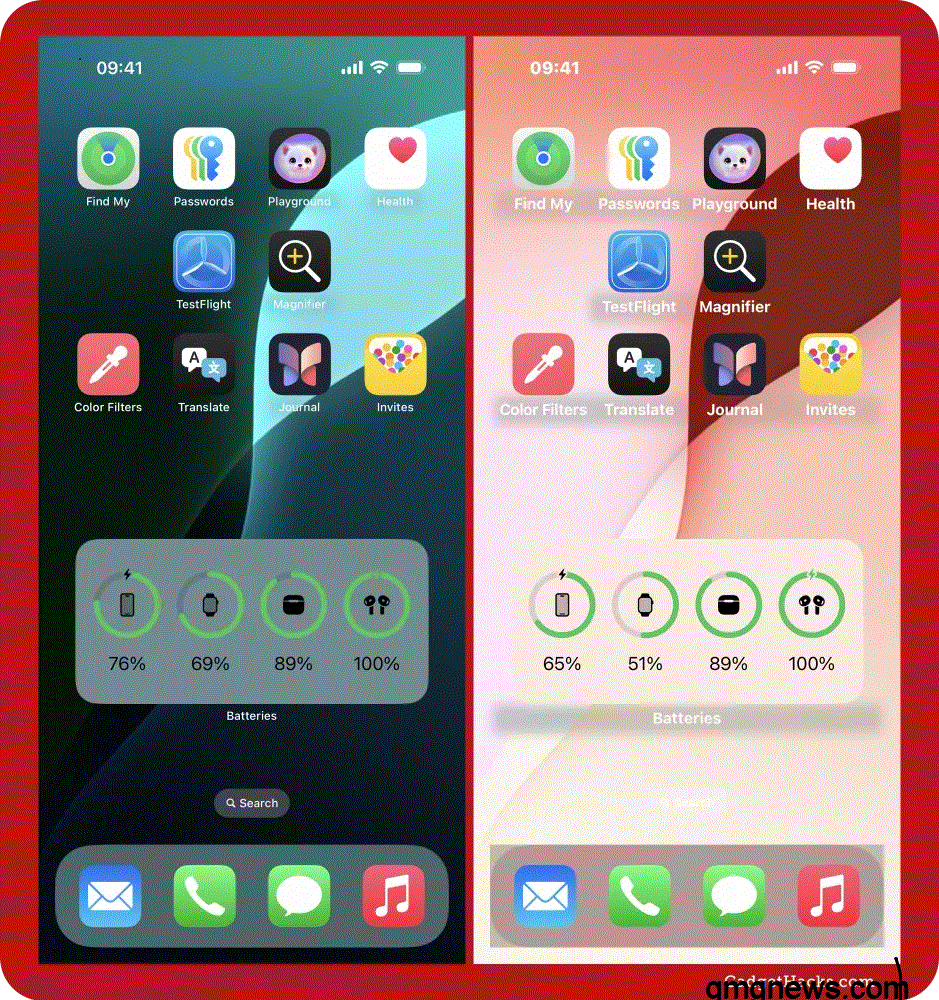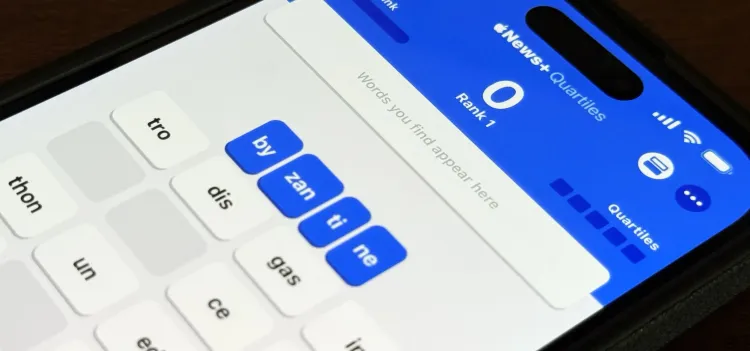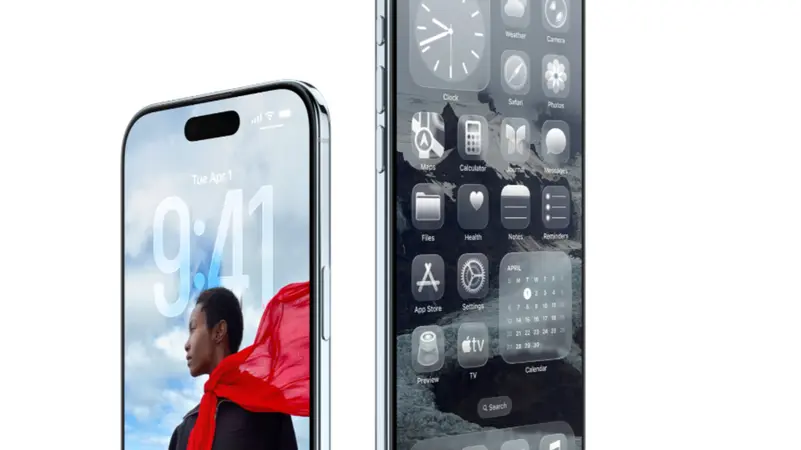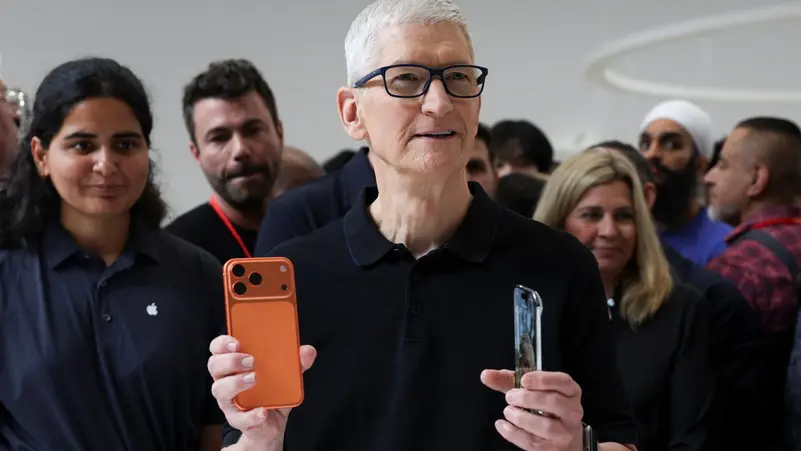Will the Ultra-Thin iPhone 17 Air Bend? Apple Responds to the Big Question
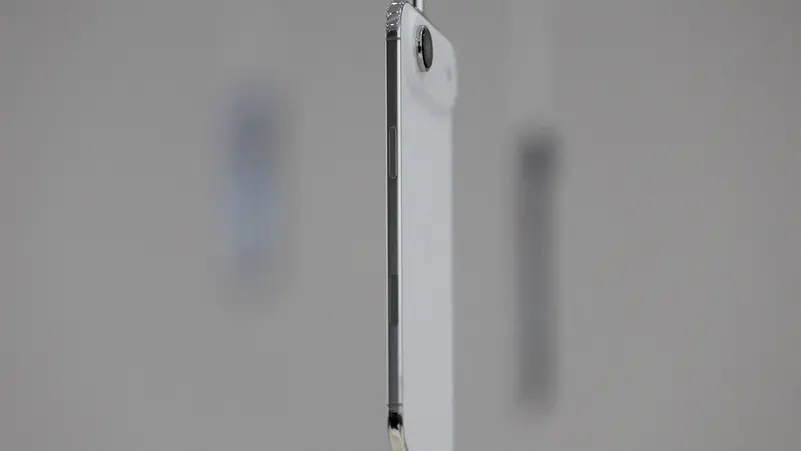
The launch of the iPhone 17 Air has attracted enormous attention across the globe, not only because it represents one of Apple’s most ambitious hardware designs but also because it raises a critical concern among users: can a smartphone this thin resist bending? Apple executives were recently confronted with this very question, and their answer was bold and revealing. In this article, we dive into Apple’s official response, explore the phone’s durability, highlight its specifications, and provide deeper insights into whether this device can live up to expectations.
The Rise of the iPhone 17 Air
Apple’s latest lineup introduces the iPhone 17 series, but it is the iPhone 17 Air that stands out as a revolutionary product. At just 5.6mm thick, it is the slimmest iPhone ever released, setting a new benchmark in smartphone design. The Air model is positioned as a lightweight yet powerful alternative to the standard iPhone 17 and iPhone 17 Pro, offering the same ecosystem integration but in a much slimmer profile. This radical design decision has, however, sparked skepticism. Users around the world vividly remember the “bendgate” controversies of the past, leading many to ask: will history repeat itself?
Apple Faces the Bend Question
In a joint interview with technology reporters, Apple’s Senior Vice President of Hardware Engineering, John Ternus, and Senior Vice President of Worldwide Marketing, Greg Joswiak, addressed the durability concerns head-on. When asked whether the iPhone 17 Air bends easily due to its thin frame, Ternus replied: “The iPhone 17 Air has exceeded our strict internal standards for bend resistance.” Joswiak added confidently: “Our standards are extremely high.” To demonstrate his point, Joswiak even handed the device to journalists and invited them to try bending it on the spot. Despite applying force, the phone resisted any permanent deformation, showcasing Apple’s engineering confidence.
Materials and Build Quality
The iPhone 17 Air uses a titanium-reinforced frame, the same grade of metal used in aerospace engineering. This not only improves strength but also reduces weight, keeping the device at just 148 grams. The back panel is made of ceramic shield glass, which provides resistance against scratches and drops. The internal layout has been redesigned to redistribute stress across the frame, minimizing the chances of warping under pressure. Compared to the Galaxy S25 Edge, which also emphasizes thinness, the iPhone 17 Air proves that slim does not have to mean fragile.
Specifications and Features
While the design and durability make headlines, the iPhone 17 Air is equally impressive under the hood. It features the new A19 Bionic chip, built on a 3nm process, delivering faster performance with higher energy efficiency. The phone supports eSIM-only connectivity, which has caused regulatory delays in China but offers a cleaner and more modern user experience elsewhere. It comes with a 6.2-inch OLED Super Retina XDR display with a 120Hz refresh rate, ensuring smooth visuals and vibrant colors. The camera system includes a dual-lens setup with a 48MP main sensor and a 12MP ultra-wide sensor, enhanced by computational photography software.
Battery life is one of Apple’s biggest claims. Despite the slim form, the iPhone 17 Air boasts a redesigned battery structure that provides up to 22 hours of video playback. Apple has also improved thermal management, ensuring the phone remains cool even under heavy usage. The device is compatible with fast charging, raising questions about long-term battery health. If you are curious about how fast charging affects your phone battery, you can explore our article on fast charging technology.
Durability in Real-World Use
During demonstrations, Apple showed that the iPhone 17 Air could withstand typical stress scenarios like being placed in a back pocket or pressed under moderate force. While any phone can bend under extreme pressure, Apple insists that the titanium frame ensures resilience in daily use. However, the real test will come after months of consumers carrying it in tight jeans, sitting on it accidentally, or dropping it repeatedly. Just as important, Apple included an IP68 water and dust resistance rating, meaning the phone can survive being submerged in water for up to 30 minutes.
Addressing Consumer Concerns
Consumer trust is crucial for Apple, especially in the wake of previous controversies. To reassure buyers, Apple highlighted the extensive durability tests performed on the iPhone 17 Air. These included pressure resistance trials, torsion simulations, and prolonged use-case studies. In many respects, the iPhone 17 Air not only meets but surpasses industry durability standards. Still, cautious buyers may want to wait for long-term reviews. If you’re someone considering upgrading, you might also be interested in knowing how to transfer your data safely to a new iPhone.
Comparisons with Competitors
The smartphone market in 2025 is crowded with ultra-thin devices. The Galaxy S25 Edge and Xiaomi Mix Ultra are among the iPhone’s main competitors. However, where these phones compromise on battery capacity or structural integrity, Apple insists that the iPhone 17 Air delivers both style and substance. Reviewers who had early access note that the device feels sturdy, unlike older iPhones that suffered from frame weaknesses. For users worried about device longevity, our guide on how to make your phone battery last twice as long may provide valuable tips.
Everyday Experience and Usability
Thinness isn’t just for aesthetics—it also impacts usability. The iPhone 17 Air is incredibly comfortable to hold for long periods, making it ideal for streaming, reading, or gaming. The stereo speaker setup is optimized for the slim body, delivering surprisingly loud audio. Apple has also integrated advanced AI features into iOS 19, making the phone more intuitive than ever. For instance, users can learn how to use AI on their smartphone to boost productivity. Combined with 5G and Wi-Fi 7 support, the iPhone 17 Air is not only thin but also extremely future-ready.

Final Thoughts
The iPhone 17 Air may be Apple’s most daring product in years. While questions about durability remain natural, the company’s transparency in testing and demonstration shows strong confidence in the device. For users who want the slimmest iPhone without sacrificing performance, the iPhone 17 Air delivers on nearly every front. Whether it can withstand years of rough usage remains to be seen, but so far, the signs are promising.
